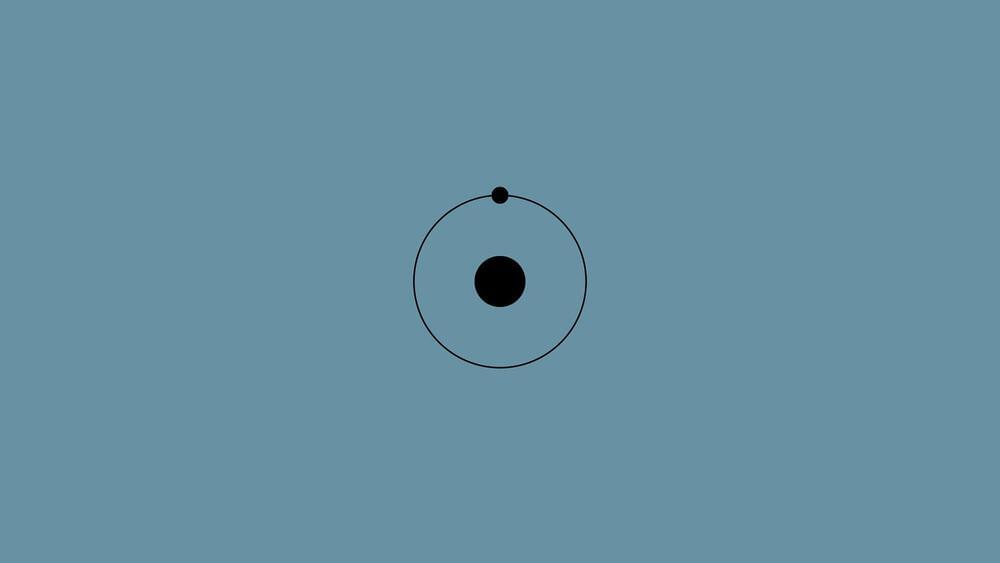NFIs could be the next step in the evolution of NFTs and Altered State Machine’s Artificial Intelligence Football Association could be P2E gaming’s next breakout project in 2022.



Cornell chemists have discovered a class of nonprecious metal derivatives that can catalyze fuel cell reactions about as well as platinum, at a fraction of the cost.
This finding brings closer a future where hydrogen fuel cells efficiently power cars, generators and even spacecraft with minimal greenhouse gas emissions.
“These less expensive metals will enable wider deployment of hydrogen fuel cells,” said Héctor D. Abruña, the Émile M. Chamot Professor in the Department of Chemistry and Chemical Biology in the College of Arts and Sciences. “They will push us away from fossil fuels and toward renewable energy sources.”
Neuralink! Also known as, Elon Musk’s other (other) project.
You’ve probably heard of Elon Musk’s plan to insert brain chips into the human brain, finally bridging the gap between human and machine. Academically, this is known as a brain-machine interface and it’s actually not that novel an idea!
In this video, I’ll refer to two key scientific studies, discuss the threat of AI technology, why Elon Musk wants to put a chip in your brain and whether or not it’s feasible.
Once you’re done watching the video, feel free to tell me in the comments whether you would ever consider getting the N1 (or whatever future iteration) chip.
Could this be the future of humanity?
Video Of The Rats & References On Substack.



Quite a bit of my consulting work lately has focused on helping clients counter false information spreading online. This sort of engagement can very quickly lead to rough and murky waters, especially if an organization does not arm itself with proper ongoing situational awareness tools in order to differentiate between the bad actors who are steering the narrative and the people unknowingly posting false information.
Much of the discourse on ‘fake news’ these days conflates three notions: misinformation, disinformation and mal-information. It’s important to distinguish messages that are true from those that are false, and messages that are created, produced or distributed by “agents” who intend to do harm from those that are not. I recommend that you ensure your online comms and digital engagement folks are well versed in key definitions from the Council of Europe’s Information Disorder Report:


For those building their own remote controlled devices like RC boats and quadcopter drones, having a good transmitter-receiver setup is a significant factor in the eventual usability of their build. Many transmitters are available in the 2.4 GHz band, but some operate at different frequencies, like the 868/915 MHz band. The TBS Crossfire is one such transmitter, and it’s become a popular model thanks to its long-range performance.
When [g3gg0] bought a Crossfire set for his drone, he discovered that the receiver module consisted of not much more than a PIC32 microcontroller and an SX1272 LoRa modem. This led him to ponder if the RF protocol would be easy to decode. As it turns out, it was not trivial, but not impossible either. First, he built his own SPI sniffer using a CYC1000 FPGA board to reveal the exact register settings that the PIC32 sent to the SX1272. The Crossfire uses channel hopping, and by simply looking at the register settings it was easy to figure out the hopping sequence.
Once that was out of the way, the next step was to figure out what data was flowing through those channels. The data packets appeared to be built up in a straightforward way, but they included an unknown CRC checksum. Luckily, brute-forcing it was not hard; the checksum is most likely used to keep receivers from picking up signals that come from a different transmitter than their own.